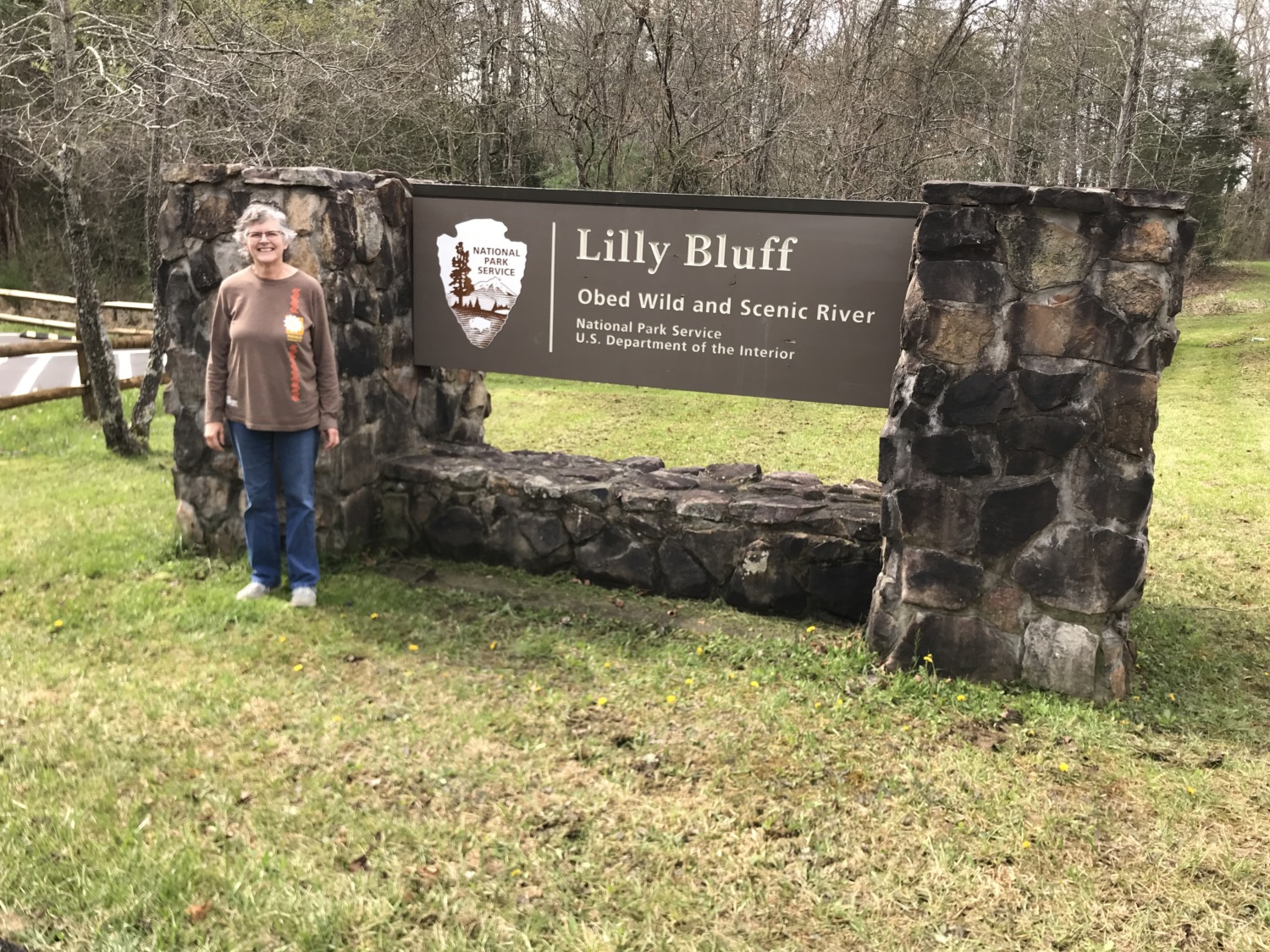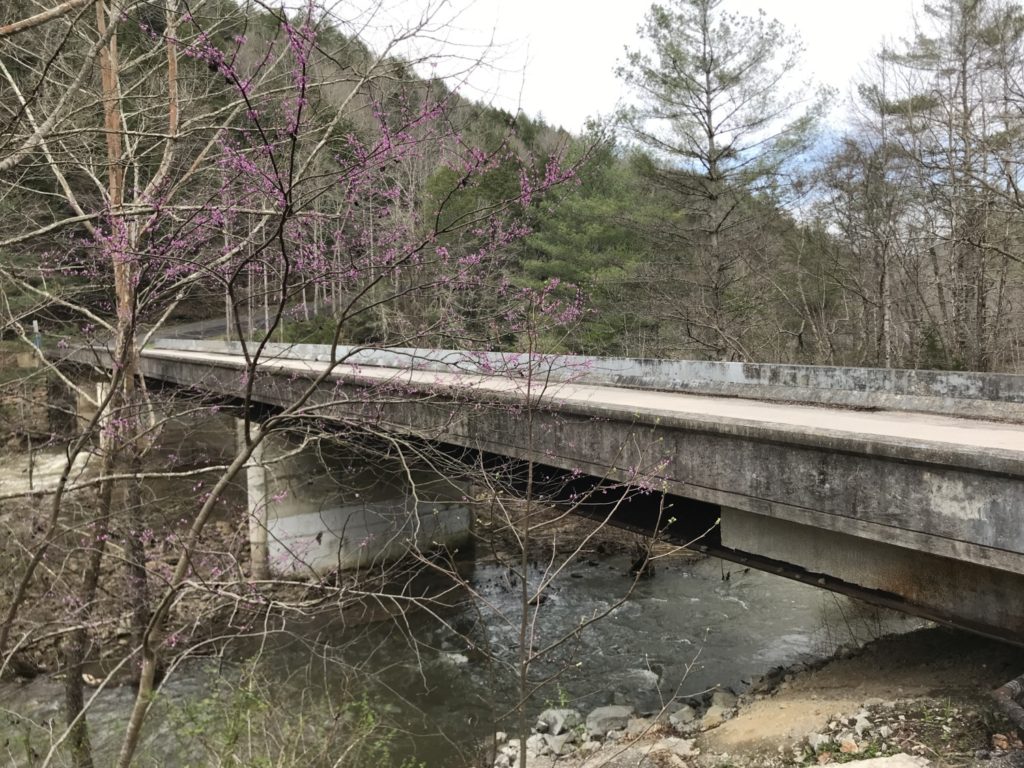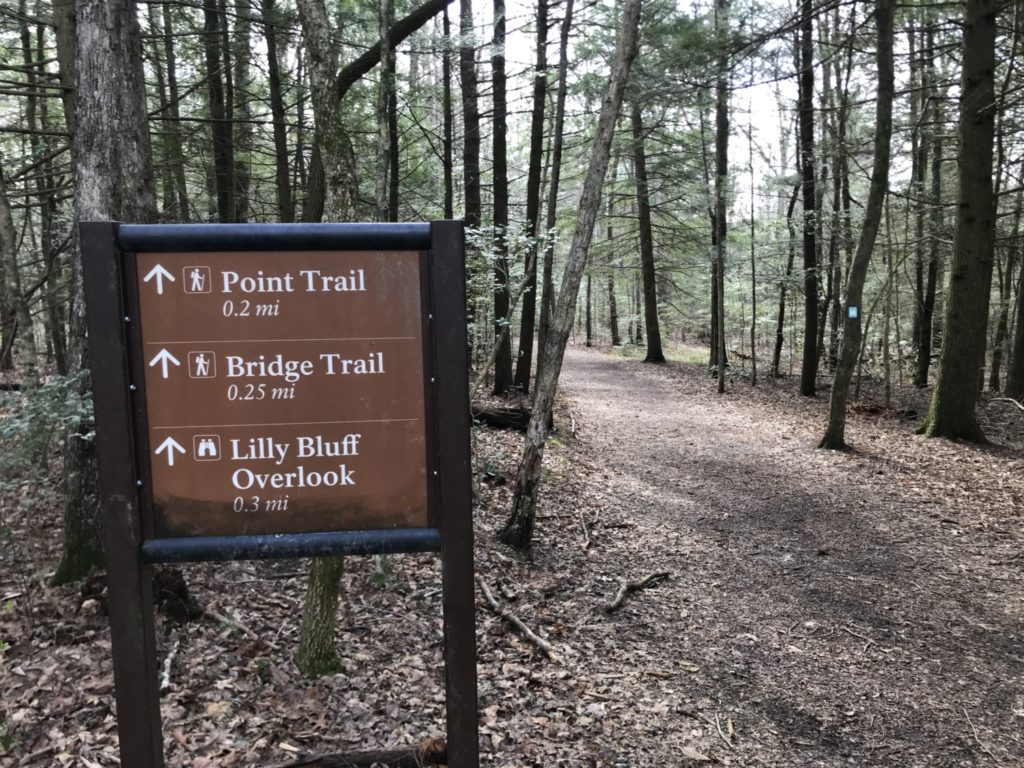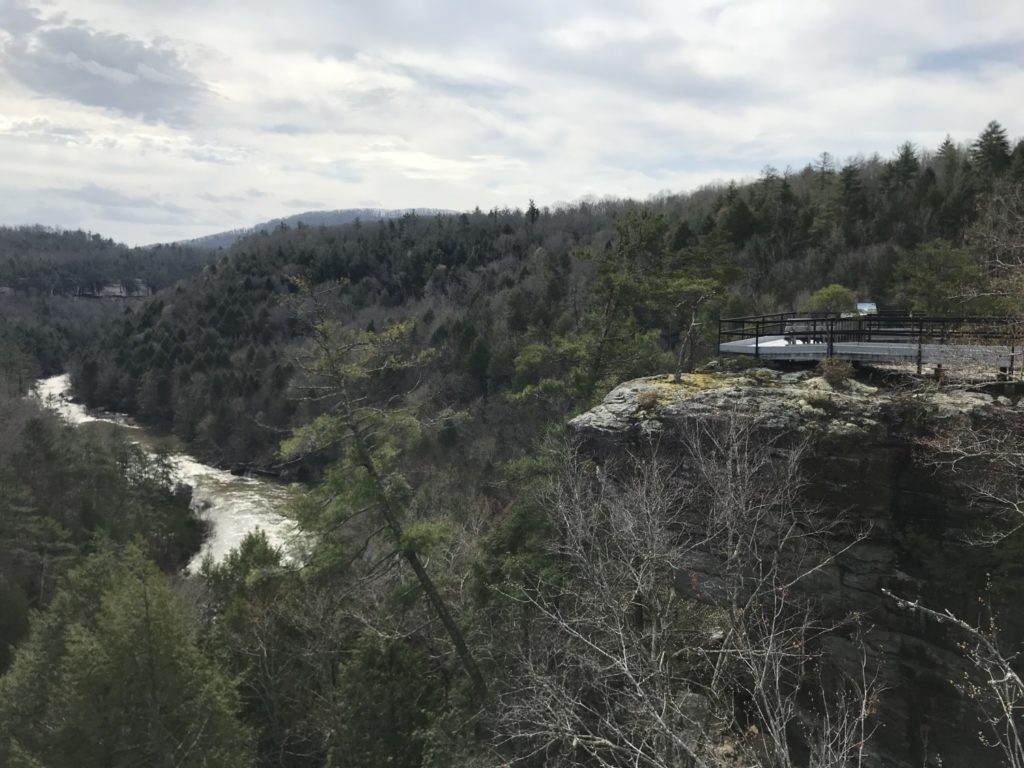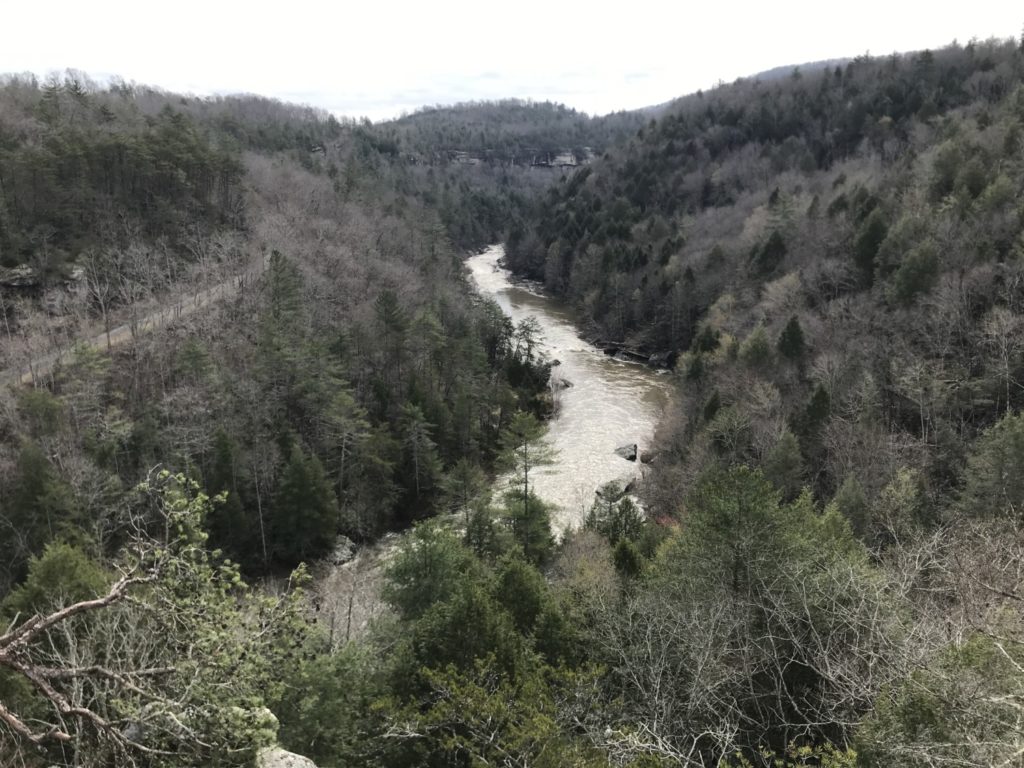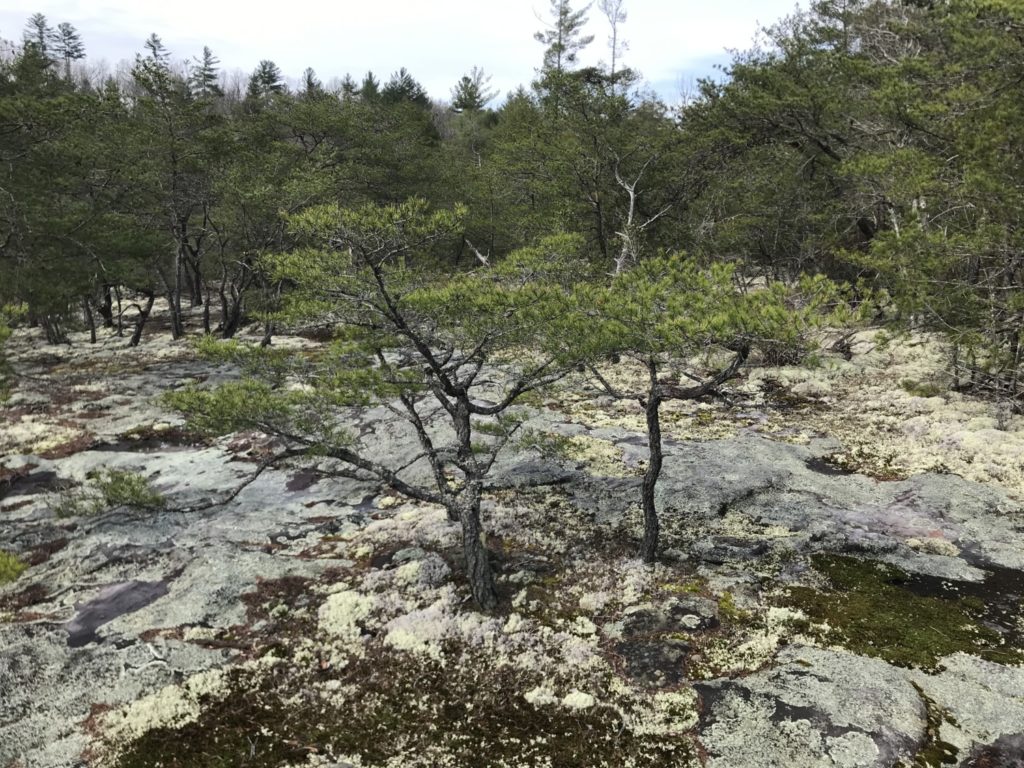Obed Wild and Scenic River is another National Park site in eastern Tennessee. It was an easy drive from where we were staying in near Knoxville and we decided to visit.
The National Wild and Scenic Rivers Act of 1968 sought to preserve free-flowing rivers to balance national policies of extensive dam building. In 1968, eight rivers were included in the Act. All eight were (and are) free-flowing and possess outstanding scenery and geologic features, preservation of wildlife, and historic or cultural value. Today there are 209 rivers in 40 states that are part of the National Wild and Scenic Rivers Act. They preserve more than 12,700 miles of wild, scenic, or recreational rivers.
River segments are classified into three categories: wild, scenic, and recreational. Each category is defined by its accessibility and level of surrounding development. Wild rivers are primitive without development. Generally they are only accessible by trail. Recreational rivers are accessible by road and may have shoreline or watershed developments. Scenic rivers fall in between.
Of those 209 rivers, about half are administered by the Forest Service, 20% by the Bureau of Land Management, and 17% by the National Park Service. The rest are administered by the states in which the rivers lie. I’m not sure who decides which group administers a river. For instance, the Little Miami River, near Cincinnati, was one of the first eight wild and scenic rivers, and is under the oversight of the National Park Service. But it is not a National Park site in Ohio and is administered by state and local organizations. The Fortymile River in Alaska is a wild and scenic river with oversight and administration by the Bureau of Land Management.

Obed Wild and Scenic River, on the other hand, is administered by the National Park Service, so it is a National Park site. Thus, we had to to visit so I could get a stamp for my book. But it is a wild river, accessible only by trail or by one of the few roads that crosses the river. Tom and I started, as always, at the tiny Visitors Center in Wartburg. We saw the movie and spent some time talking to a ranger. She gave us several suggestions of hikes we could take to see the river. I got my stamp and then we headed to the river.
We decided to head to the Lilly Bluff Overlook to see Clear Creek, a tributary of the Obed that is also included in the Obed Wild and Scenic River designation. We drove eight miles down into the river valley and crossed the river on the Lilly Bridge. The overlook was a short hike from the parking lot on the other side. It gave us a sensational view of Clear Creek and the Obed River. The overlook was a boardwalk on the lichen-covered rocks above the river. From the point we peered down into the valley far below us. I appreciated the sturdiness of the boardwalk and the waist-high guard rails.
Although there are hiking trails along the river, the real draw of Obed Wild and Scenic River is the river system itself. Kayakers, canoers, and rafters love to run the river and its rapids. Rapids on the river range from Class II to Class IV. There is also lots of rock climbing along the banks of the river and several places to fish. Locals love the river and, with only 250,000 visitors a year, there are plenty of ways to enjoy the solitude of this wild place.
It is amazing to me that Obed Wild and Scenic River gets so few visitors. It is relatively easy to access and there are several nice-sized towns and cities nearby. Instead, everyone goes to the very busy National Park close by. Like Big South Fork, Obed is a delightful place to spend some time away from maddening hoards.

